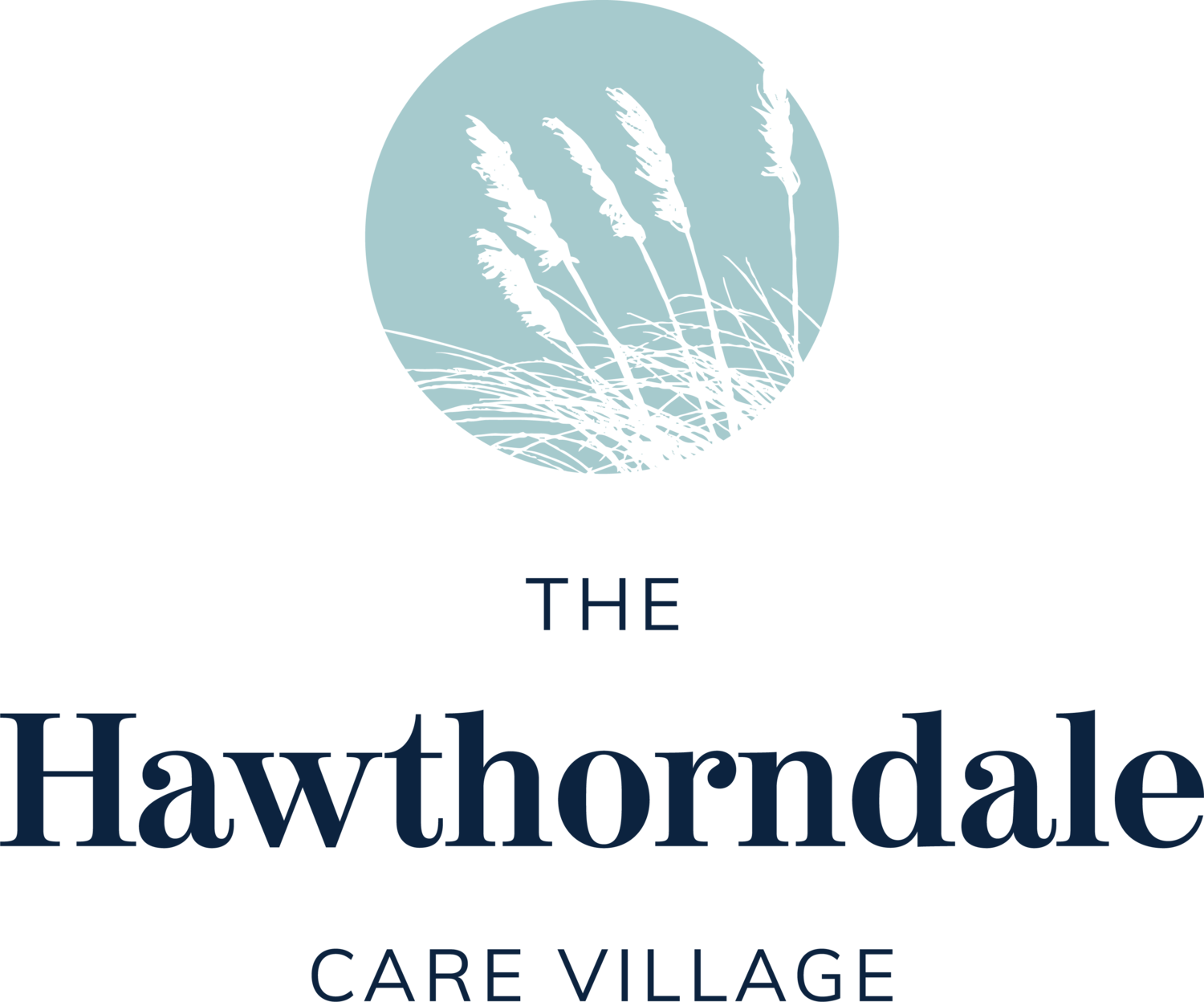Fundraising campaign launched for new aged and dementia care model
A fundraising campaign was launched last night for a new model of community-based aged and dementia care that could redefine how we care for the elderly in New Zealand.
The Southland and Otago not-for-profit The Hawthorndale Care Village project is an aged care facility to be based on the Dutch De Hogeweyk model. This fully replicates everyday life in a suburban neighbourhood within a safe, secure setting.
Paddy O’Brien, Project team member, former international rugby referee, says the project challenges current aged care models.
“Our ageing population is a ticking timebomb for New Zealand. Currently, once people move into a rest home, they leave the everyday life they’re used to and enter an unfamiliar institutional world.
“This village model allows all residents to preserve quality of life regardless of their care needs.”
Unlike the Dutch model, which is designed solely for dementia care, the Hawthorndale Care Village will provide for residential aged care including dementia care but fully integrated as part of the wider village.
“It enables people to enjoy a more normal scale of life, living in a home within a fully functional village setting. There they can continue to enjoy a more normal scale of life, with the freedom to do what they feel like - within reason – and retain a sense of purpose and dignity.”
The project is community funded and includes a capital injection from Invercargill’s Calvary Hospital Southland which had the initial vision for the model and whose residents are able to transition to the new village once it is completed.
Funds have also come from a former Board member, Community Trust South, ILT Foundation and the Southland and Otago community has rallied with significant support from the O’Donnell Family.
The project is now seeking to fundraise the shortfall of just under $14 million to fund the $31.5 million development on the site of the former Hawthorndale School on Tay Street, Invercargill.
The development will initially include 12 homes each with seven bedrooms, a shared living and kitchen area where meals are cooked.
The world-leading facility will replicate a suburban neighbourhood complete with a village square that is accessible to all residents, food market, hall, café, hairdresser, gardens and vegetable garden, tool shed, recreational area, prayer room and playground for children of visiting families.
Residents' interests and likes will be assessed with the aim of placing like-minded individuals together. The configuration also includes rest home, dementia and hospital-level care along with 10 units for independent retirement living.
The project is progressing to concept design stage and plans are expected to be completed by March 2020.
Robust feasibility studies have been carried out to ensure the village will be self-sustaining and accessible to the wider community.
“We want to help change how we care for older New Zealanders. There is a lot of fear and mis-understanding of ageing and in particular dementia even though it’s widespread and the number of people living with it expected to triple in the next 30 years
. “We want to break down that stigma, improve our understanding and provide an evidence-based approach.
“Together as a community, we must set the bar higher. We have an opportunity to redefine aged care in New Zealand, starting here in the South.
“By donating now, people can be part of the legacy to give those living with dementia freedom, a sense of purpose and better health and wellbeing outcomes.”
